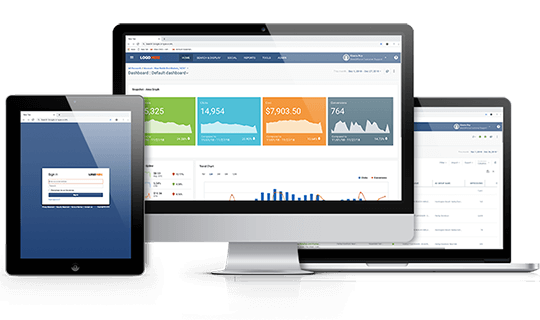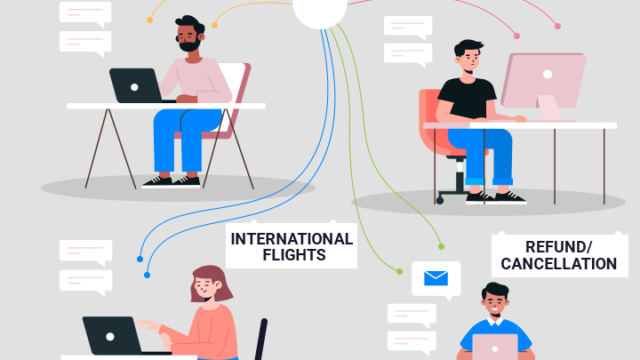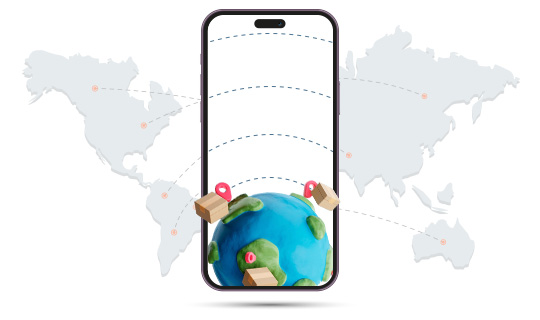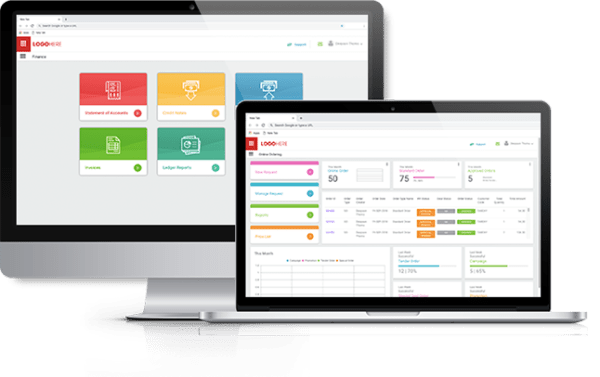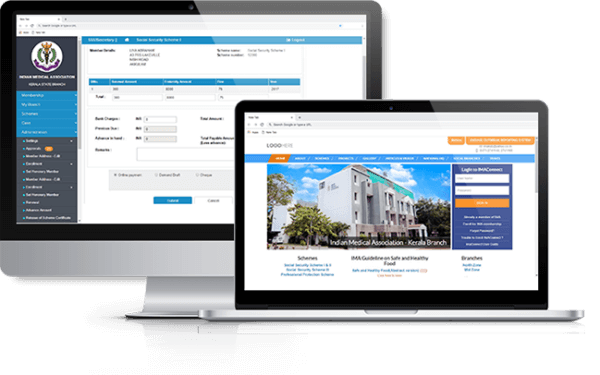Moving data from one place to another, one format to another, or one application to another is known as Data Migration. Typically, this happens when a new system or location for the data is introduced. When historical systems are replaced or enhanced by new applications that will use the same dataset, application migration or consolidation is typically the business driver. To improve or change their business, companies now frequently begin data migrations as they switch from on-premises infrastructure and applications to cloud-based storage and apps.
One of your most valuable operating assets is data. Projects involving data migration can cause firms anxiety because of their significance, especially given the growing complexity of data integration caused by the variety of file formats, the volume, and the need to exchange existing data.
What is the purpose of data migration?
Data migration may be necessary for a variety of reasons, including:
– The data must be transferred from the older system you are modernizing to the new system.
– For a side-by-side system rollout to take place, your data must be synchronized between the old legacy system and the new system.
– You wish to merge the data from an outdated programme into your new business application.
– You need to consolidate data from several systems into one because you’ve merged with another company, purchased a new subsidiary, or both.
– To aid in scalability, you are migrating your IT systems to the cloud, which necessitates data and application transfer.
The act of moving data from one system to another, known as data migration, has several facets. This procedure is problematic and challenging to manage since the legacy system’s database applications and storage settings have changed over many years. To ensure the effective completion of the projects, a well-developed data migration plan is crucial.
Let’s now talk about some of the main obstacles that one could encounter while planning a data migration –
Data Redundancy, Complex Workflow, Job Flow, Data Flow, Limited Documentation of Current Systems, Overview of the Entire Lineage, and Incomplete Inventory of Artifacts and Their Relative ETLs are just a few of the factors that make Data Migration Planning so difficult.
– As the data to be moved often has been gathered over a long period of time without sufficient quality checks, data redundancy becomes one of the most significant obstacles in database conversion.
– Data handlers may find it challenging to arrange a data transfer if there is no data or if there is inadequate data documentation. Data migration might become complicated due to unknown job dependencies and table relationships that result from a lack of documentation. Another extremely essential factor to take into account when planning a data migration is an incomplete ETL pipeline and data lineage.
– The data transfer strategy designed using manual technique, which included cloud specialists and engineers, is certain to always have some gaps. These holes cause initiatives involving data transfer to the cloud to run beyond budget and schedule.
Everyone is expanding or attempting to expand in today’s fast-paced IT trends, which increases the focus on data migration. One of the top tools that are best suited for data migration that is on the hotlist as of 2022 is Dextrus. Other top products are IRI NextForm, Integrate.io, DBConvert Studio, AWS Data Migration, Informix (IBM), Azure DocumentDB, Rsync, EMC Rainfinity, and Configero Data Loader.
Zinemind employs its numerous data warehouse evaluation tools, which aid in developing a thorough grasp of the various Data warehouse platforms, to close these gaps. It offers information on user activity patterns, data lineage, change management, access, and query patterns, and other crucial insights to speed up the data conversion process. Zinemind offers a suggested data migration strategy together with a precise cost and resource assessment that takes the client’s business needs into account.
Therefore, it is safe to conclude that data transfer is a challenging procedure. However, at Zinemind, we streamline the whole cloud conversion process, significantly lowering business risk. Reach us to know more!









